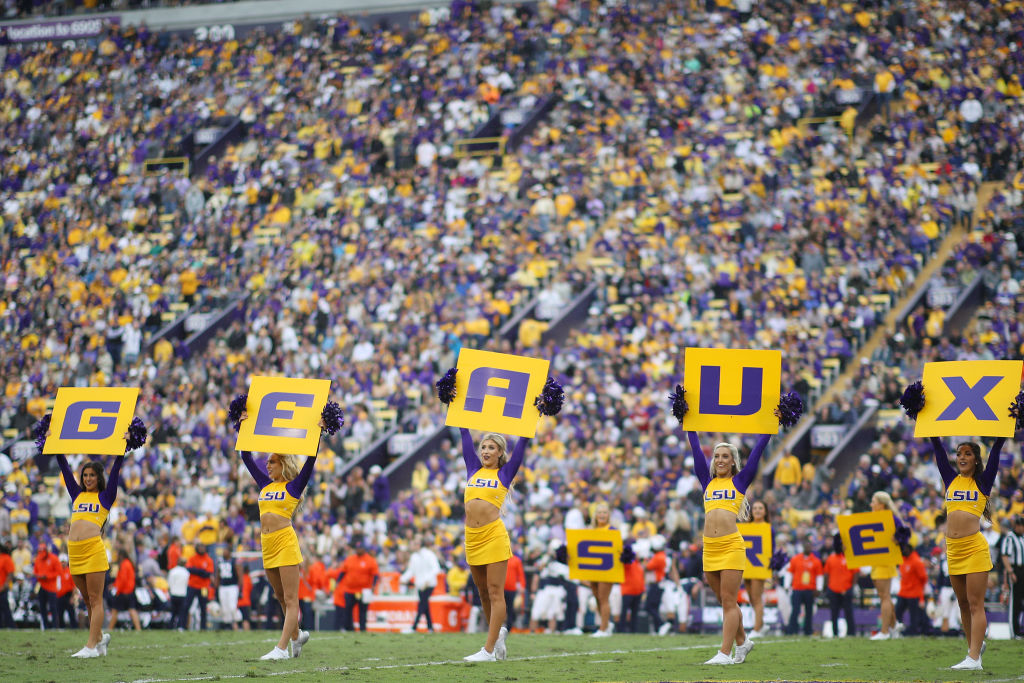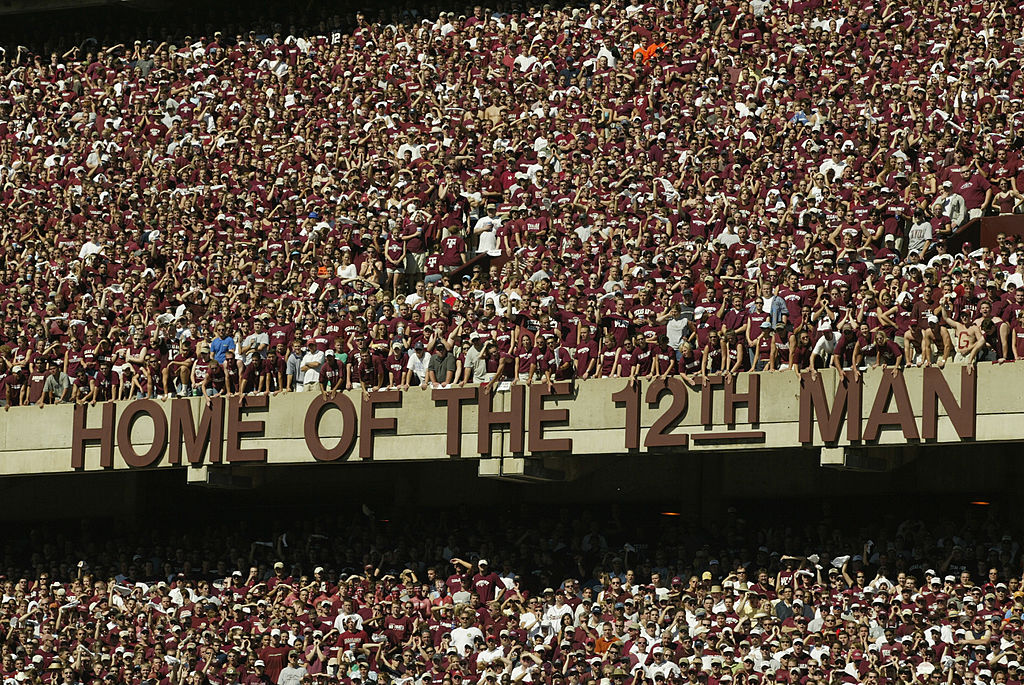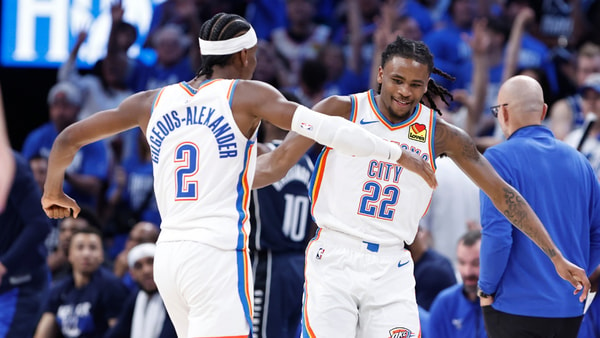Future SEC Scheduling Gives Me a Headache

Thank goodness for Adam Luckett and Matt Jones. Trying to figure out future football scheduling in the Southeastern Conference gives me a headache and vastly exceeds my attention span. With a plethora of options and considerations, I’m simple enough to merely look forward to the football being kicked off and the pads to start a-poppin’.
I’m old and have been around college football for quite some time. I’ve seen the SEC grow from 10 to 12 teams and then expand from 12 to 14. Now, numbers 15 and 16 are entering the picture which seems implausible to me. However, I’m all for the modernization and evolution of the sport. But, following potential scheduling pods, sections, sub-divisions, and other varying routes is puzzling and just a bit too much for me. So, here’s my history in the Southeastern Conference and how the league has evolved over the course of 30-plus years.

10 Teams
This is the SEC that I played in during the late 80s and early 90s. Ten teams constructed the nation’s top football league and included: Kentucky, Tennessee, Georgia, Florida, LSU, Alabama, Auburn, Vanderbilt, Ole Miss, and Mississippi State. We played in all nine road venues during my four-year stretch at Kentucky which gave players the experience of enjoying (bad choice of words) each stadium in the league. Tennessee was our in-conference rival, and Indiana was our non-SEC most hated, annual opponent.
LSU was the most unique and intimidating environment and it wasn’t even close. Tiger Stadium, or Death Valley, is loud but fun. Tiger fans are entertaining and the smell of tailgate food could be detected for about a five-mile radius. Tailgating roughly starts on Sunday evening and runs through Saturday’s post-game meal. Alabama was a neat place with nice and knowledgeable supporters. The Mississippi schools had the best grass on their fields. The worst shouldn’t come as a surprise. Vanderbilt was and remains the most non-SEC game-day experience in the conference.
Of note, road trips weren’t friendly to the Wildcat teams in those days. We were Zero for Delta. Or, we didn’t win a road game that included air travel. Times have changed. Thank you, Mark Stoops.

12 Teams
Enter Arkansas and South Carolina and the divisional format. Their inclusion brought on the East and West classifications. For what it’s worth, I’m still getting used to the Razorbacks and Gamecocks being in the SEC. Arkansas was considered a boost for the basketball folks and also had the desired football history to potentially become a positive, contributing member. South Carolina, well, George Rogers won the 1980 Heisman and that was about it really.
Carolina went on to win national championships in baseball and women’s basketball. Its football team has experienced success under legendary coaches Lou Holtz and Steve Spurrier but has remained somewhat inconsistent on the gridiron. Williams-Brice Stadium is surprisingly one of the most intimidating and annoying environments for visiting fan bases. South Carolina quickly developed into a team that the Big Blue Nation truly dislikes. Though dominating the modern series, USC is annually billed as an up and comer and often ranked higher than Stoops’ teams in the preseason.
I’ve never been a part of a football game in Arkansas. Sam Pittman has the Hogs on an upward trajectory and games there seem fun. Fayetteville is on the bucket list.

14 Teams
Hello, Texas A&M and Missouri. Football environments from these two new additions could not be more opposite. First, if you’ve never seen a football game in College Station, I highly suggest you do so. Aggie fans are the nicest ever and the crowd performs rehearsed synchronized cheers. Hospitality is at a premium for visiting patrons and the Texas experience is somewhat original for SEC fans. Yes, cowboy hats are worn which was really cool to me for some reason. They’ll cheer against you with class and offer you barbeque and a beer after the final horn buzzes. Jimbo Fisher has the A&M football team recruiting at an all-time level. This has raised the ire of the league’s Godfather, Nick Saban. In all, Texas A&M has been a welcomed addition and I’ve found myself following all things Aggie based on a wonderful experience on their beautiful campus.
Now Missouri. Just imagine the opposite of the above paragraph and you’ll get the picture of game-day in Columbia. Granted, when I visited Mizzou, the stadium was under construction so I do give the Tigers the benefit of doubt. However, the environment at Faurot Field wasn’t exactly intimidating. The crowd is further from the field than the norm in the league and it just feels a bit stale. The Tigers did come out of the gate strong after winning two East championships in its first three seasons. That’s quite impressive. Kentucky has regularly defeated the Tigers recently but Eli Drinkwitz has recruited well and appears to be a Star Wars fan. Mizzou has become a rival. I always say that for Kentucky to have a successful season, it must win the Battle of the Columbias (Mizzou and Carolina).
Top 10
- 1New
Baseball Top 25 projection
Massive Top 10 shakeup
- 2Hot
Shedeur Sanders prank
Son of NFL DC admits guilt, apologizes
- 3
Falcons release statement
Involvement of DC in Sanders prank
- 4Trending
Jalen Milroe warns
Teams that passed on him
- 5
Tyler Warren pranked
Tied to Shedeur Sanders call
Get the On3 Top 10 to your inbox every morning
By clicking "Subscribe to Newsletter", I agree to On3's Privacy Notice, Terms, and use of my personal information described therein.

16 Teams
The addition of Texas and Oklahoma changed the game for the rest of college football. These two football giants guarantee the SEC’s domination of the sport at the bank, on television, and on the field.
As seen above, I played in a 10-team conference. Sixteen is a huge, incomprehensible number. Adding the Longhorns and Sooners all but corners the market on the fertile recruiting grounds of the Lone Star State. It also signifies that both schools will now consider Kentucky a recruiting area. Additionally, traditional powers Alabama, LSU, and Georgia now face a new challenge as the Kings of the Southeast. This could be fun, but it’s still too much for me to comprehend these two in the same conference as Vanderbilt and South Carolina.
Life will be much more difficult for Kentucky. The Wildcats have evolved into an annual player in the East and are on the cusp of breaking through to Atlanta. Now, scheduling will mean more.
What Does All This Mean?
Not a lot honestly. We are in college football’s summer-time doldrums and I’ve been thinking about how much the league has changed over the years. If you’re looking for scheduling format updates, I’m not the guy. Tune into Matt on the radio or read Adam Luckett. Both have a good grasp on the future. It makes my head hurt to think about the multitude of possibilities. However, the addition of Texas and Oklahoma ensures that Wildcat fans will be given the opportunity to see traditional and formidable venues on the road and home games against familiar logos in the future.
I was just getting used to Arkansas and South Carolina when Missouri and Texas A&M were added to the mix. Now Texas and Oklahoma additions just blow my mind. Unbelievable growth in my lifetime for the country’s best conference.
For Kentucky, sticking with an eight-game conference schedule would be the best-case scenario. This all but saves the Governor’s Cup and gives the Cats an opportunity to extend its bowl streak. No matter how this thing breaks, coaches are going to be under higher scrutiny as schedules across the board are about to become much more challenging. In other words, It Just Means More.









Discuss This Article
Comments have moved.
Join the conversation and talk about this article and all things Kentucky Sports in the new KSR Message Board.
KSBoard